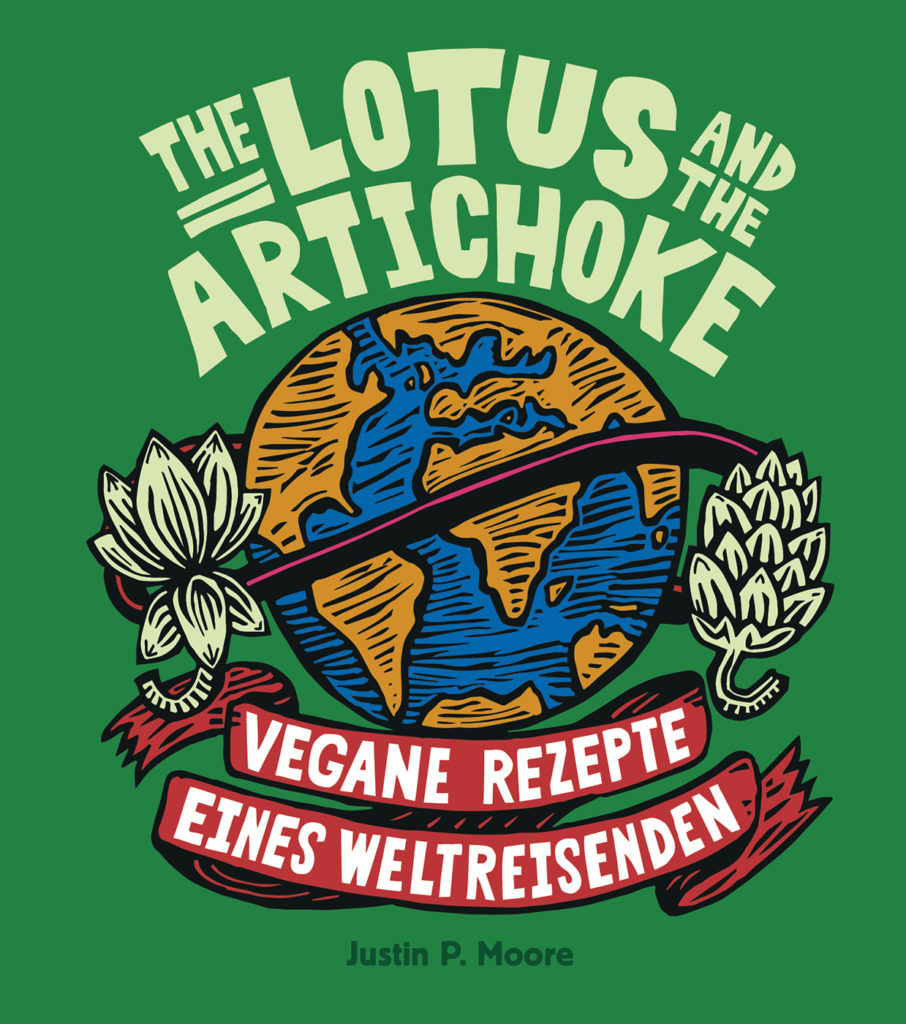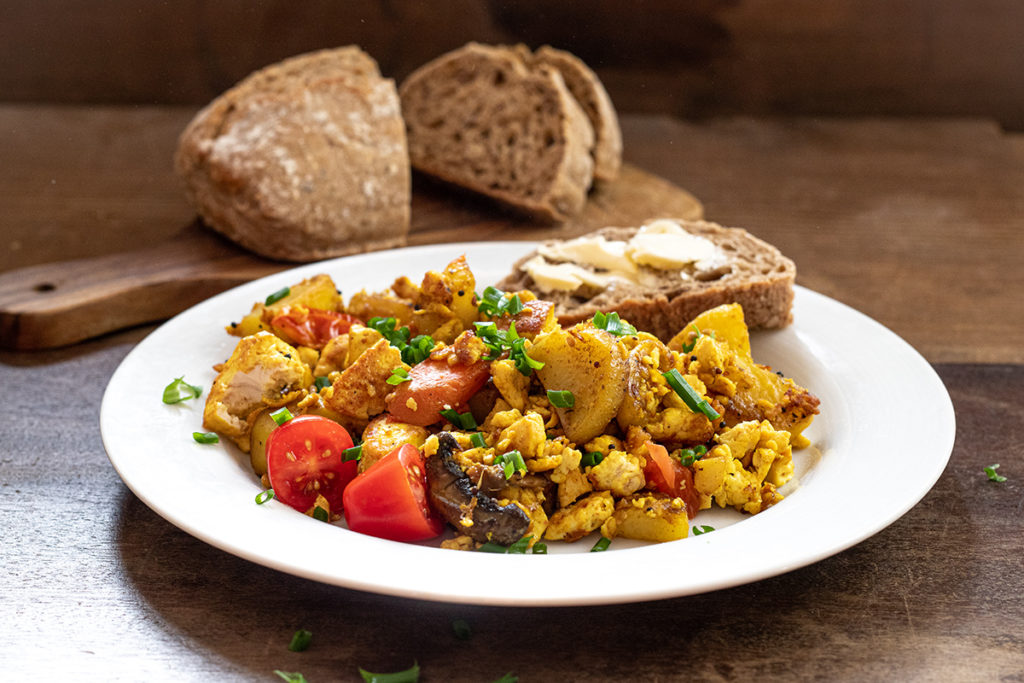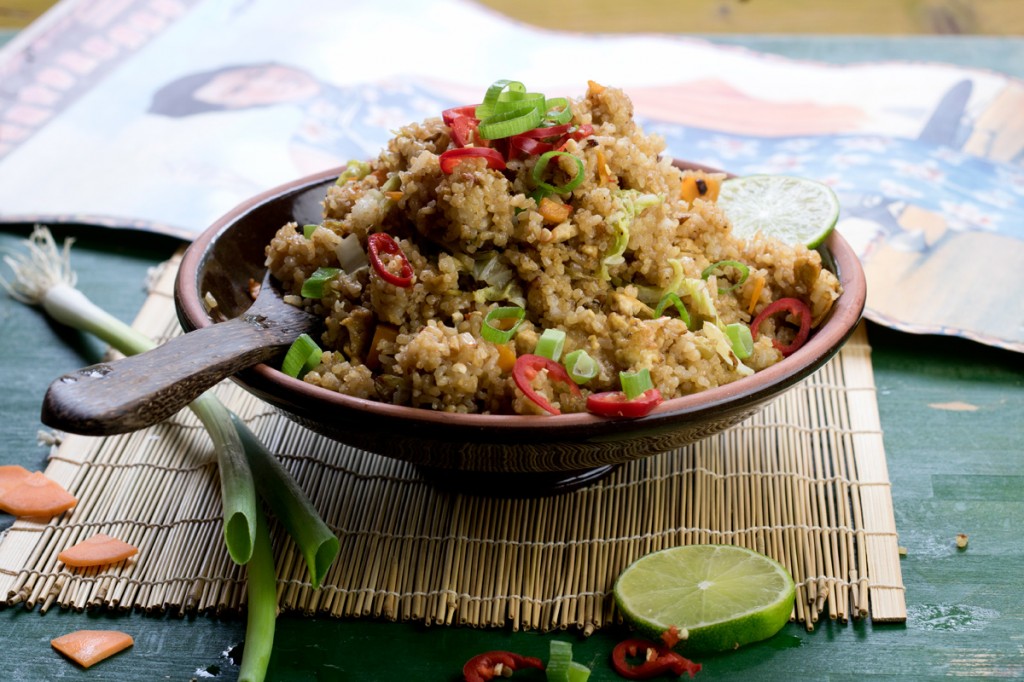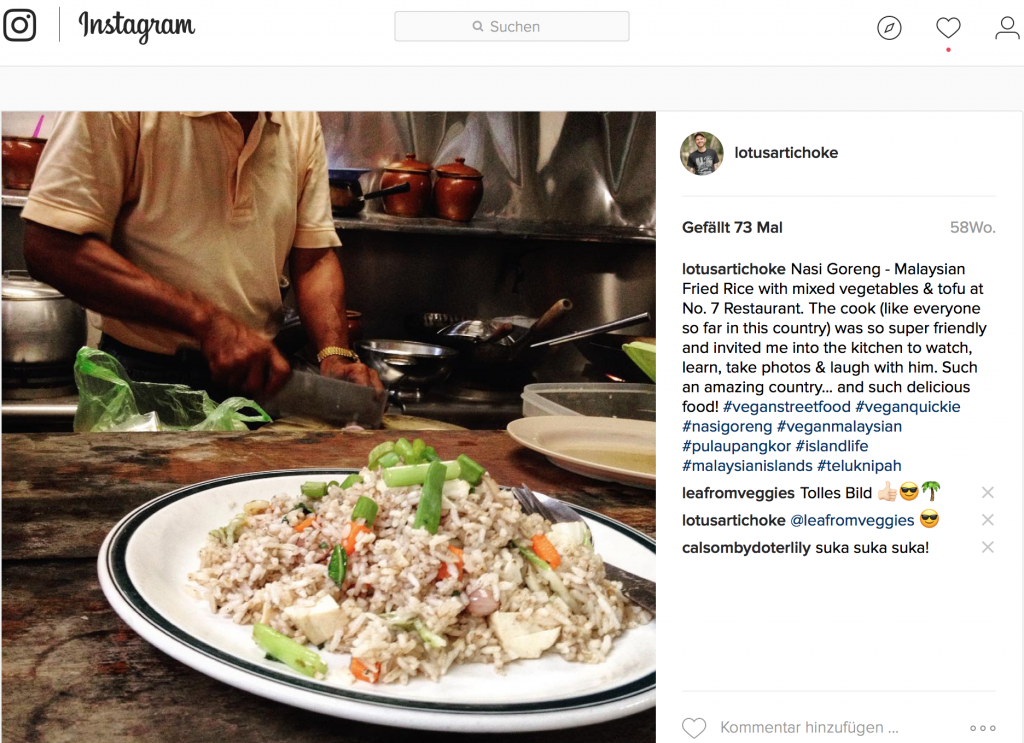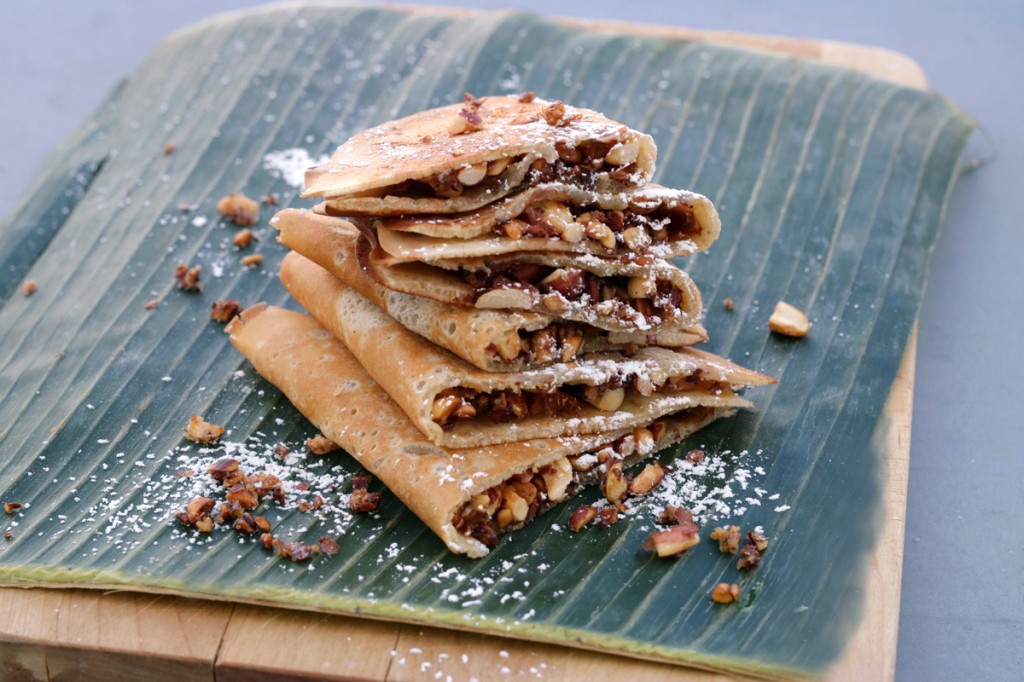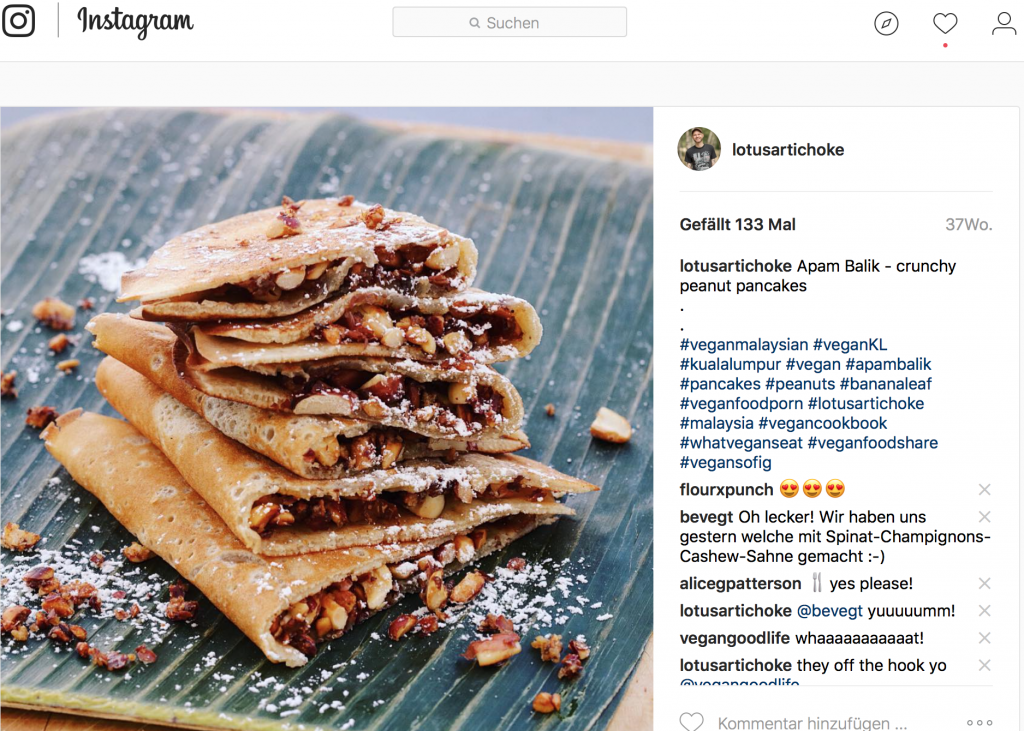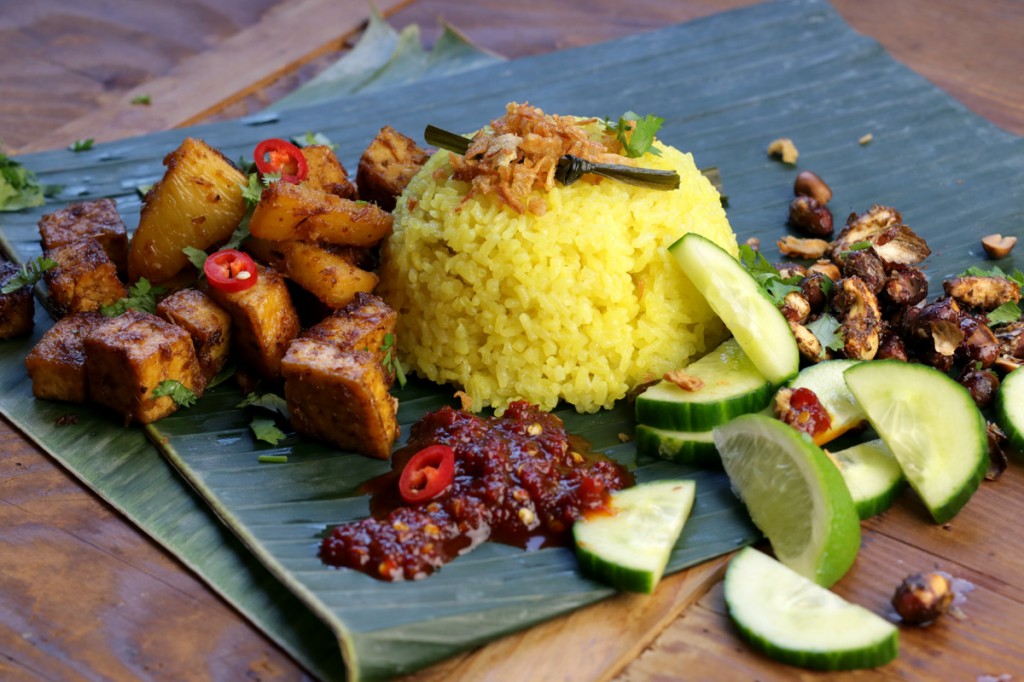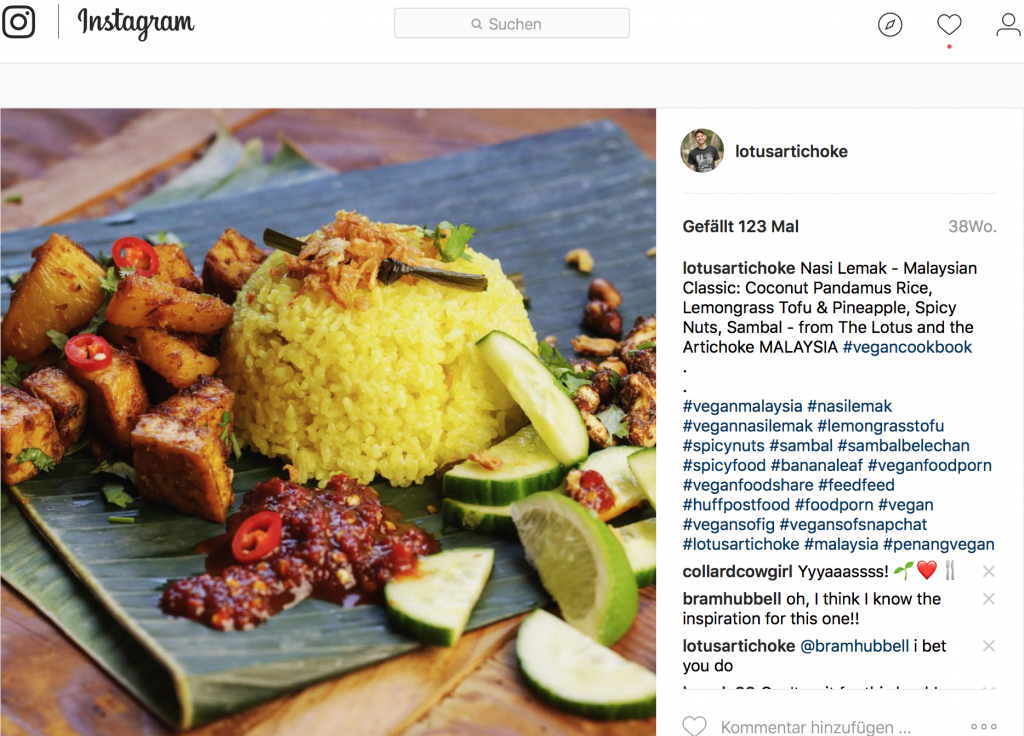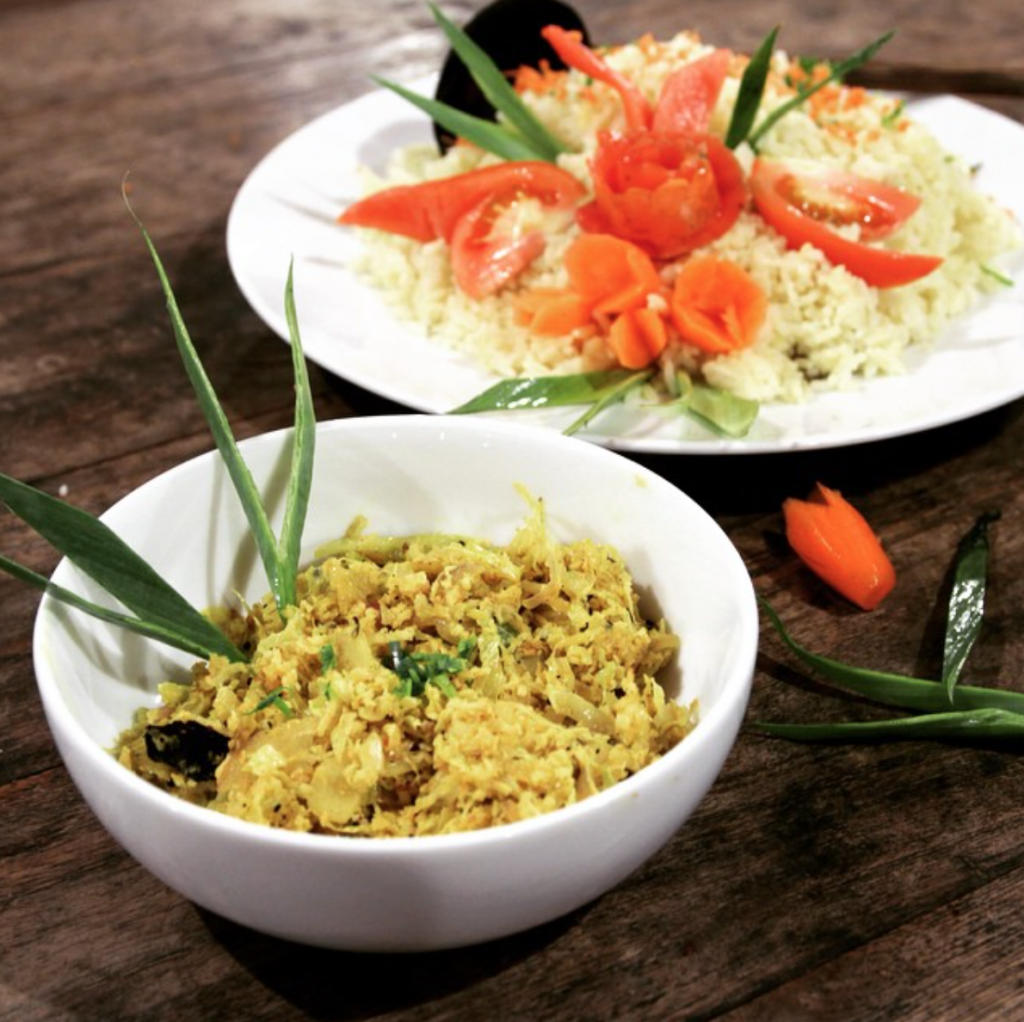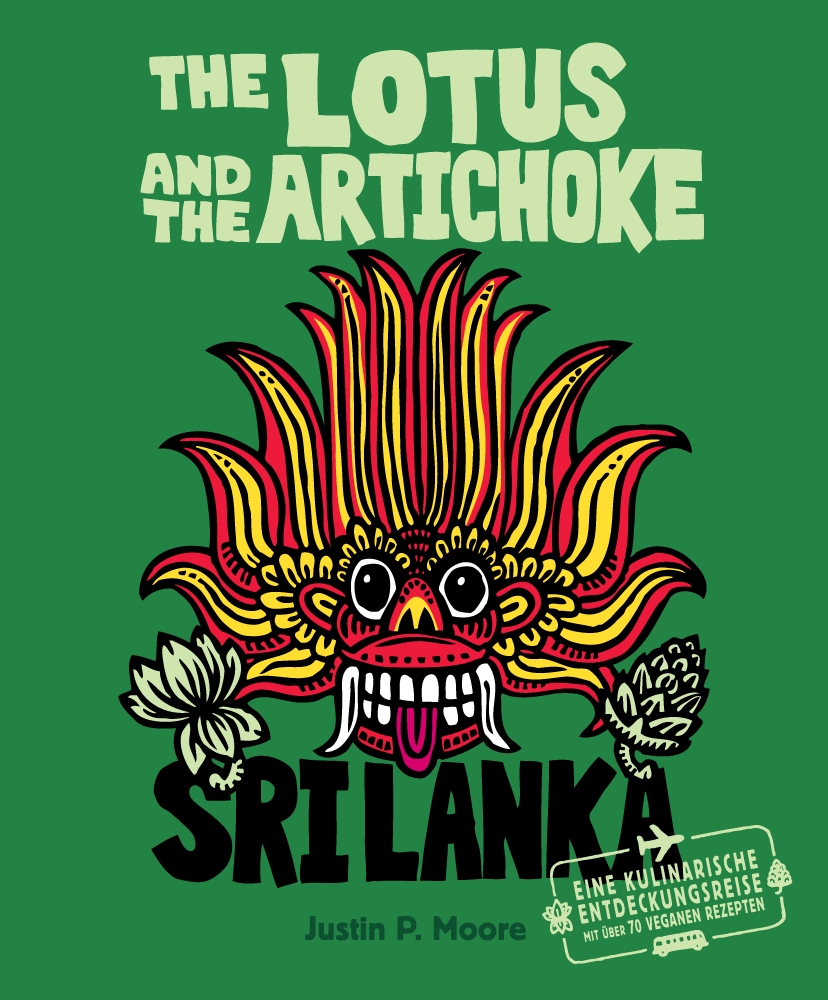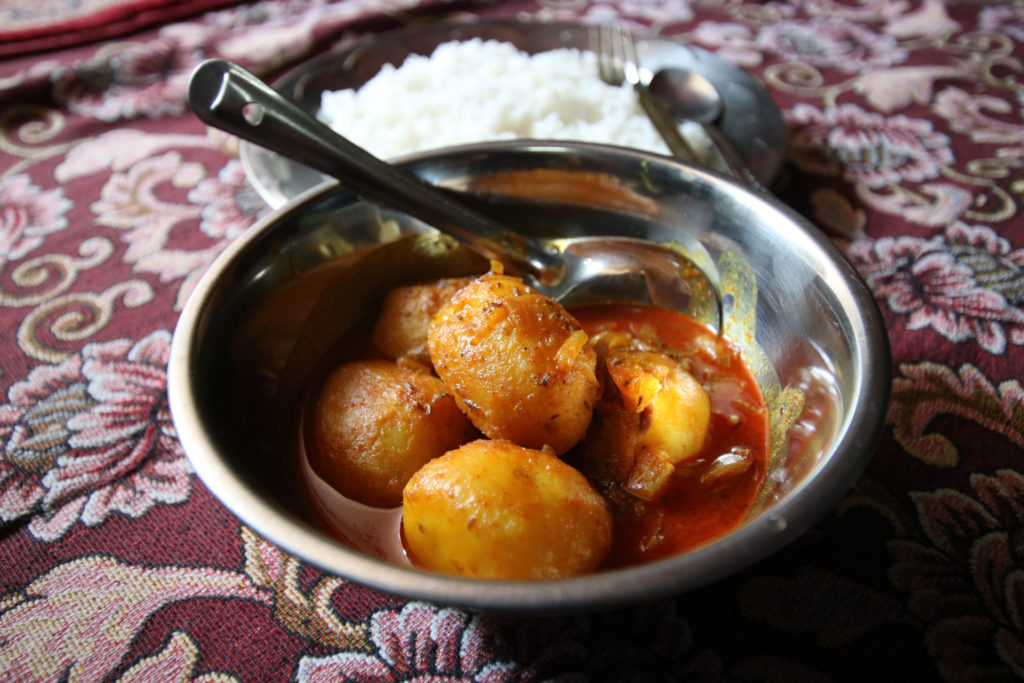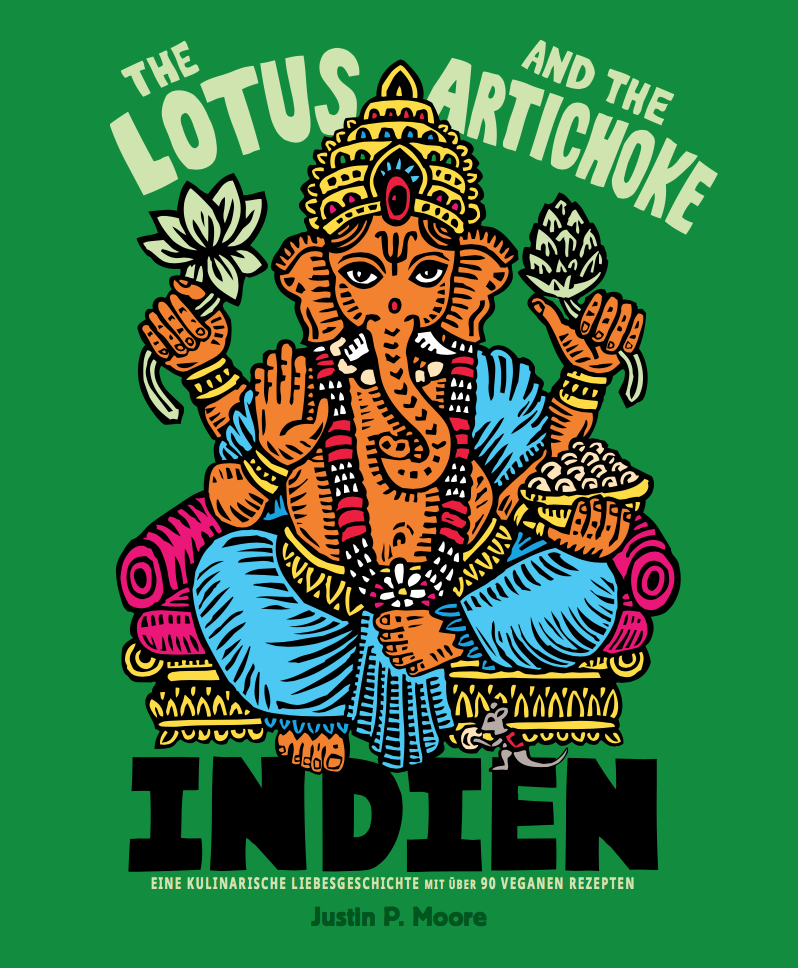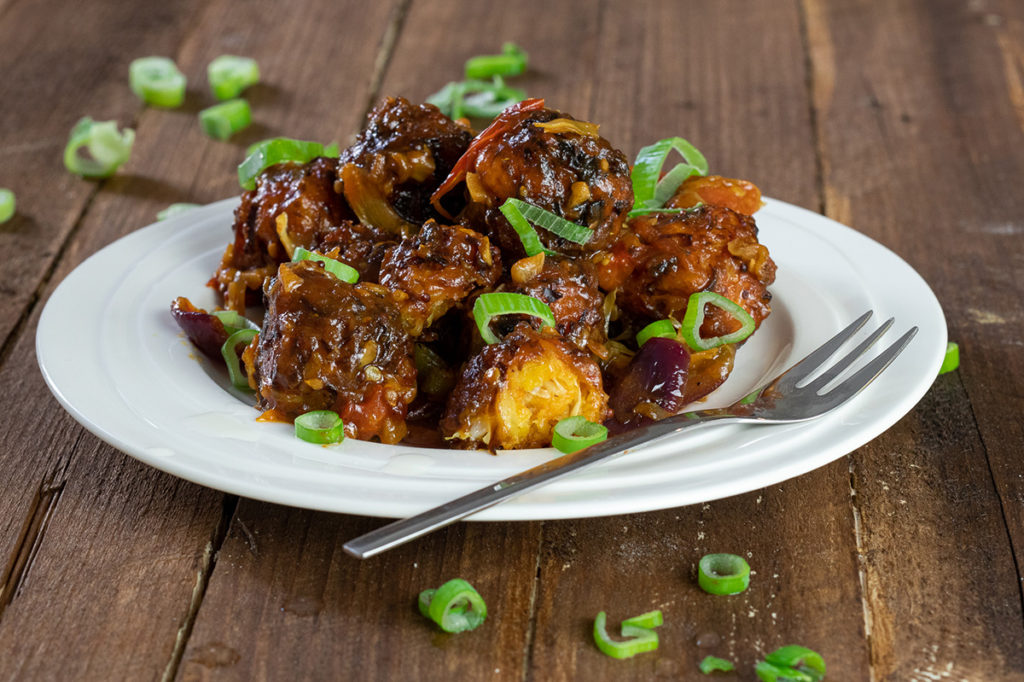
There are a myriad of cuisines across the Indian subcontinent, and thousands of amazing meals to experience in every corner of India. One of my most favorite of the international culinary hybrids is the wonder that is Indochinese. It’s actually pretty hard to find this unique cuisine outside of India, so a long time ago I took to making it myself in my kitchen – especially for guests. It’s a delicious, nostalgic and fun adventure every time.
In India, Indochinese food usually just known as Chinese – but anyone who’s been to China will quickly recognize stark differences from the food found over the northern border: Indochinese often incorporates many classic Indian flavors (particularly cumin, coriander, and even curry leaves), different ingredients – of course regularly honoring more common indigenous vegetables, and has a host of its own creations which don’t really exist in the source cuisine. Sort of like how American-Chinese food is quite different than actual Chinese food, and in the United States (and elsewhere) there are many “classic” Chinese dishes which are, in fact, original hybrid creations.
I’ve always found this intersection and exchange of different culinary traditions fascinating. In India, many times you go out for Chinese to have something other than typical Indian cuisine. Many Indian restaurants specialize in Chinese food – some entirely, and many with a dedicated page of the menu featuring Chinese dishes.
What’s cool about Vegetable Manchurian is that in many ways it’s more Indian than Chinese, and lends itself really well as an appetizer. Many places will ask you if you want it “dry” or “with gravy”. I always order Veg Manchurian “dry” – which, somewhat contrary to the name, just means with less (but not without) sauce. You can serve it first and follow up with Indochinese noodle or rice dishes, or dig right into more classic Indian fare.
Personally I love serving it with Indochinese Chili Tofu-Paneer and steamed basmati rice, or even jeera (cumin) rice. That’s a combo that I often got when traveling and living in India – especially at some of the amazing vegetarian restaurants I frequented – like Kalpavruksh and Grace Inn – in Amravati, Maharashtra.\
Talking with their cooks, as well as with friends of mine who started a vegetarian Chinese restaurant in town provided me with lots of valuable inspirations and ideas for this recipe, and many others in my WORLD 2.0 and INDIA cookbooks.
Vegetable Manchurian
Indo-Chinese dumplings
serves 2 to 3 / time 45 min
recipe from The Lotus and the Artichoke – WORLD 2.0
(Rezept auf Deutsch unten)
dumplings:
- 1 1/2 cups (160 g) cabbage shredded / chopped
- 1 large (120 g) carrot grated
- 2/3 cup (90 g) flour (all-purpose / type 550)
- 2 Tbs corn starch
- 1/4 tsp turmeric ground
- 1/2 tsp ajwain or dried thyme
- 1/2 tsp salt
- 1/4 cup (60 ml) water
- vegetable oil for frying
- Toss shredded cabbage and grated carrot in a mixing bowl with flour, corn starch, ground turmeric, ajwain (or thyme), and salt.
- Gradually add water and combine well to form a sticky, clumpy batter.
- Heat 1–2 in (3–5 cm) oil in a small pot on medium high heat. The oil is hot enough when a small bit of batter sizzles and rises to the surface immediately.
- Form batter into walnut-sized pieces with damp hands. (If batter is too wet, mix in some more corn starch.
If it’s too dry and pieces fall apart, add slightly more water.) Drop 5 to 6 pieces into hot oil quickly, but carefully. Do not crowd the oil. Fry, turning regularly, until dark golden brown, 4–6 minutes. - Drain and transfer fried dumplings with a slotted spoon to a plate as they finish. Fry another batch or two of dumplings until batter is done.
sauce:
- 1/2 cup (55 g) cabbage chopped
- 2 medium (160 g) tomatoes chopped
- 1 medium (90 g) red onion chopped
- 1–2 cloves garlic finely chopped
- 1 in (3 cm) fresh ginger finely chopped
- 1 green chili chopped optional
- 2–3 spring onions chopped, for garnish
- 1 Tbs vegetable oil
- 1/2 tsp black mustard seeds
- 1/2 tsp coriander ground
- 1/2 tsp black pepper ground
- 1/4 cup (60 ml) soy sauce
- 1 Tbs lemon juice or 2 tsp rice vinegar
- 1 1/4 cup (300 ml) water
- 1 Tbs corn starch
- 1 Tbs sugar
- Heat oil in a medium sauce pan on medium heat. Add mustard seeds. After they start to pop (20–30 sec), add chopped onion, garlic, ginger, green chili (if using), ground coriander, and black pepper.
Fry, stirring constantly, until richly aromatic, 2–3 min. - Stir in chopped cabbage and tomatoes. Continue to stir fry until tomatoes fall apart, 3–5 minutes.
- Whisk soy sauce, lemon juice (or rice vinegar), and water with corn starch and sugar.
Gradually stir into sizzling vegetables. Bring to simmer. Reduce heat to low. Cook until thickened, 2–3 min. - Add fried dumplings to thickened, simmering sauce. Mix gently to cover all pieces. Continue to simmer
on low heat, partially covered, another 2–3 min. Remove from heat. - Garnish with chopped spring onions. Serve as an appetizer or with steamed rice.
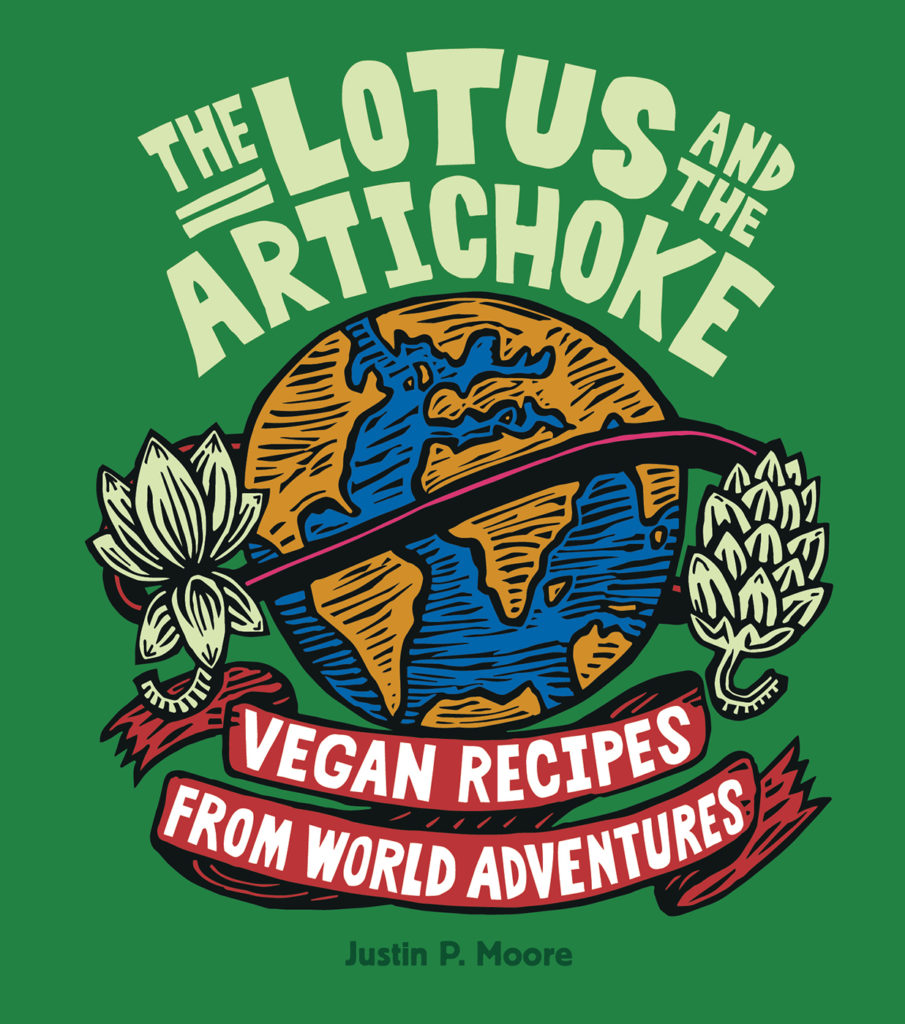

Vegetable Manchurian
Indochinesische würzige Gemüebällchen
2 bis 3 Portionen / Dauer 45 Min.
Rezept aus The Lotus and the Artichoke – WORLD 2.0
Bällchen:
- 1 1/2 Tassen (160 g) Weißkohl geraspelt
- 1 große (120 g) Möhre geraspelt
- 2/3 Tasse (90 g) Mehl (Type 550)
- 2 EL Speisestärke
- 1/4 TL Kurkuma gemahlen
- 1/2 TL Ajowan oder getrockneter Thymian
- 1/2 TL Salz
- 1/4 Tasse (60 ml) Wasser
- Pflanzenöl zum Frittieren
- Weißkohl, Möhre, Mehl, Stärke, Kurkuma, Ajowan oder Thymian und Salz in einer großen Schüssel
gut vermischen. - Nach und nach Wasser hinzufügen und zu einem klebrigen, teils klumpigen Teig rühren.
- Öl 3 bis 5 cm hoch in einen kleinen Topf geben und auf mittlerer Flamme erhitzen. Wenn ein kleiner Tropfen Teig sofort brutzelnd an die Oberfläche steigt, hat das Öl die richtige Temperatur.
- Teig mit feuchten Händen zu walnussgroßen Bällchen formen. Ist der Teig zu feucht, mehr Stärke, ist er
zu trocken und bröselig, etwas mehr Wasser unterrühren. 5 bis 6 Bällchen ins heiße Öl gleiten lassen.
Topf nicht überladen. Bällchen 4 bis 6 Min. unter regelmäßigem Wenden ringsum goldbraun frittieren. - Mit einem Schaumlöffel herausheben, abtropfen lassen und auf einen Teller legen.
Restliche Bällchen zubereiten.
Soße:
- 1/2 Tasse (55 g) Weißkohl gehackt
- 2 mittelgroße (160 g) Tomaten gehackt
- 1 mittelgroße (90 g) rote Zwiebel gehackt
- 1 bis 2 Knoblauchzehen fein gehackt
- 3 cm frischer Ingwer fein gehackt
- 1 grüne Chilischote gehackt wenn gewünscht
- 2–3 Frühlingszwiebeln gehackt, zum Garnieren
- 1 EL Pflanzenöl
- 1/2 TL schwarze Senfsamen
- 1/2 TL Koriander gemahlen
- 1/2 TL schwarzer Pfeffer gemahlen
- 1/4 Tasse (60 ml) Sojasoße
- 1 EL Zitronensaft oder 2 TL Reisessig
- 1 1/4 Tasse (300 ml) Wasser
- 1 EL Speisestärke
- 1 EL Zucker
- Öl in einem mittelgroßen Stieltopf auf mittlerer Flamme erhitzen. Senfsamen hineingeben. Nach deren Aufplatzen (20 bis 30 Sek.) Zwiebel, Knoblauch, Ingwer, grüne Chilischote (falls verwendet), Koriander und schwarzen Pfeffer hineingeben. 2 bis 3 Min. unter Rühren anschwitzen, bis es aromatisch duftet.
- Weißkohl und Tomaten einrühren. 3 bis 5 Min. schmoren, bis die Tomaten zerfallen.
- Sojasoße, Zitronensaft oder Reisessig und Wasser mit Stärke und Zucker verrühren. Nach und nach
ins köchelnde Gemüse einrühren und zum Köcheln bringen. Flamme niedrig stellen und 2 bis 3 Min. köcheln, bis die Soße eindickt. - Frittierte Bällchen in die köchelnde Soße geben und vorsichtig darin wenden. 2 bis 3 weitere Min.
halb abgedeckt auf niedriger Flamme köcheln. Vom Herd nehmen. - Mit gehackten Frühlingszwiebeln garnieren. Als Vorspeise oder Hauptgericht mit Reis servieren.
